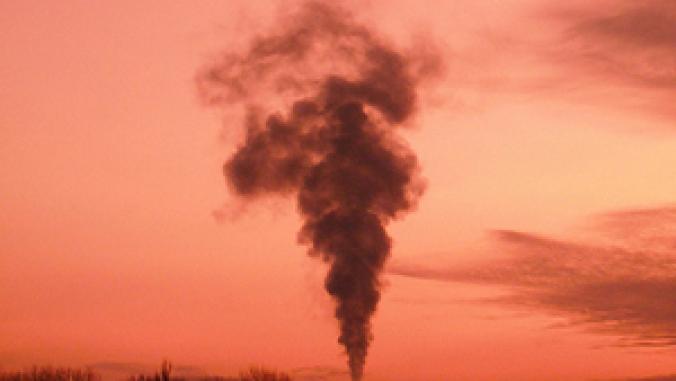Nissan's New Coating System Cuts VOCs by 40%
Nissan Motor Co. is upgrading the automobile painting line at its Kyushu Plant. The new painting system reduces the use of volatile organic compounds (VOCs) by about 40% over the previous system.
With an investment of 11 billion yen (about $94 million), Nissan Motor Co. is upgrading the automobile painting line at its Kyushu Plant, a major production facility for passenger cars, in Fukuoka Prefecture in southern Japan. This new painting system reduces the use of volatile organic compounds (VOCs) by about 40% over the previous system. The topcoat line was already renovated and has been operating at full capacity since January 2006. The basecoat and second coat processes will also be upgraded by May 2007.
In addition to boosting production efficiency, the advanced painting line can reduce energy consumption and mitigate environmental impact.
In the topcoat line, the new system has achieved a 42% reduction in the use of VOCs by using water-based paints. In addition, a new spray gun was developed to remove the paint-feeding hose and allow paint to be directly filled into a built-in tank. With no need to wash hoses, the new topcoat process saves 15% of the paint that was previously lost when changing paints.
With the smaller upgraded spray guns, a painting robot can cover a wider painting area. This raises production efficiency by 15%, while the amount of energy consumption falls by the same extent. Nissan plans to introduce this new coating system into its other factories in Japan.
In addition to boosting production efficiency, the advanced painting line can reduce energy consumption and mitigate environmental impact.
In the topcoat line, the new system has achieved a 42% reduction in the use of VOCs by using water-based paints. In addition, a new spray gun was developed to remove the paint-feeding hose and allow paint to be directly filled into a built-in tank. With no need to wash hoses, the new topcoat process saves 15% of the paint that was previously lost when changing paints.
With the smaller upgraded spray guns, a painting robot can cover a wider painting area. This raises production efficiency by 15%, while the amount of energy consumption falls by the same extent. Nissan plans to introduce this new coating system into its other factories in Japan.




